
For anyone who has a sweet tooth, there's nothing better than starting the day with a dish like stuffed French toast. This recipe tastes as decadent as anything you'd order in a restaurant, but it's less than 400 calories.

Is there anything tastier than Nutella? (That's a rhetorical question, of course.) These crepes are super easy to make, and if you aren't a fan of bananas, you can simply replace them with a different fruit like strawberries or blueberries.

If you like foods with a kick, you'll definitely want to try this spicy breakfast dish, made with red pepper, fire-roasted tomatoes, green peppers, and onions. It's also perfect for vegetarians because it contains 17 grams of protein.

A dish that's fallen out of favour and then become popular again more times than we can count, beef Wellington's origins are as unclear as its connection to Arthur Wellesley, 1st Duke of Wellington. Traditionally, it's a beef fillet steak, coated in pâté and mushroom duxelles (an extremely finely chopped mixture of mushrooms, shallots and herbs), wrapped in puff pastry, then baked. Its modern-day popularity is largely thanks to Gordon Ramsay who's made it one of his signature dishes.

Very few dishes are as comforting as French onion soup – a blend of mellow, slowly cooked, caramelised onions in a broth laced with white wine and cognac. It's thought that a version of the soup has existed since at least Roman times, but the modern version originated in 18th-century Paris.

A dish cooked and eaten in Beijing since the Imperial era, today Peking duck is a Chinese restaurant favourite across the world. There are countless methods of preparing and cooking the duck, but originally it was roasted in a closed oven until the kitchens of the Qing Dynasty developed the open-oven style to cook several ducks at the same time.

Claimed as one of their own throughout North Africa and the Middle East, untangling the web of where shakshuka is from is simply impossible. All we know is that it's an incredibly tasty and filling dish that's become a popular breakfast and brunch meal throughout the world. Literally translating as a mixture, it's usually cooked by reducing down tomatoes, onions and a range of spices before the eggs are poached on top.

A spicy, sweet, sour and fragrant soup from Southeast Asia, laksa is mostly associated with Malaysia. The origins are murky with several theories in different countries and a wide range of laksa exist, from regional varieties to differences in preparation. Typically, either a rich and spicy coconut milk broth or a sour asam broth made with tamarind, the soup is made with thick wheat noodles or rice vermicelli and served with chicken, prawn or fish.

Creamy clam chowder is Massachusetts' finest dish that's prevalent throughout New England. Made with potatoes, crushed oyster crackers and chunks of local clam, it’s a flavourful and hearty dish to have all year long. The most famous place to eat it, Legal Sea Foods in Boston, began life as a market frequented by Julia Child and has been cooking up perfect chowder for decades.

The popularity of bao buns has skyrocketed in the Western world in the last decade or so and while these steamed buns are Chinese in origin, it's the Taiwanese version that's proved to be the most popular. A traditional gua bao consists of slices of pork belly meat dressed with pickled mustard greens, coriander and ground peanuts.

Although often cooked as a meat sauce or stew across Europe and beyond, the traditional Hungarian goulash is actually a soup. Beef shin, shank or shoulder and vegetables (typically carrot, peppers, celery but not potatoes) are heavily seasoned with paprika and traditionally slowly simmered in broth over an open fire in a cauldron.

A Japanese noodle soup, ramen has grown in popularity outside of Japan in the last decade and it's easy to see why. In its simple form, it's a rich meat (or occasionally fish) broth, flavoured with soy or miso and served with toppings such as mushrooms, seaweed, sesame seeds, spring onions and soft-boiled egg.

There are countless divine Italian pasta recipes, but this one is genius in its simplicity. Translating as cheese and pepper, the dish, as its name suggests, uses a handful of basic ingredients: black pepper, cheese, pasta and butter. You'll find versions made with either spaghetti, linguine or pici, which is a short, thick worm-like pasta, and there's also debate about what cheese to use – it's usually either Parmesan or pecorino romano.
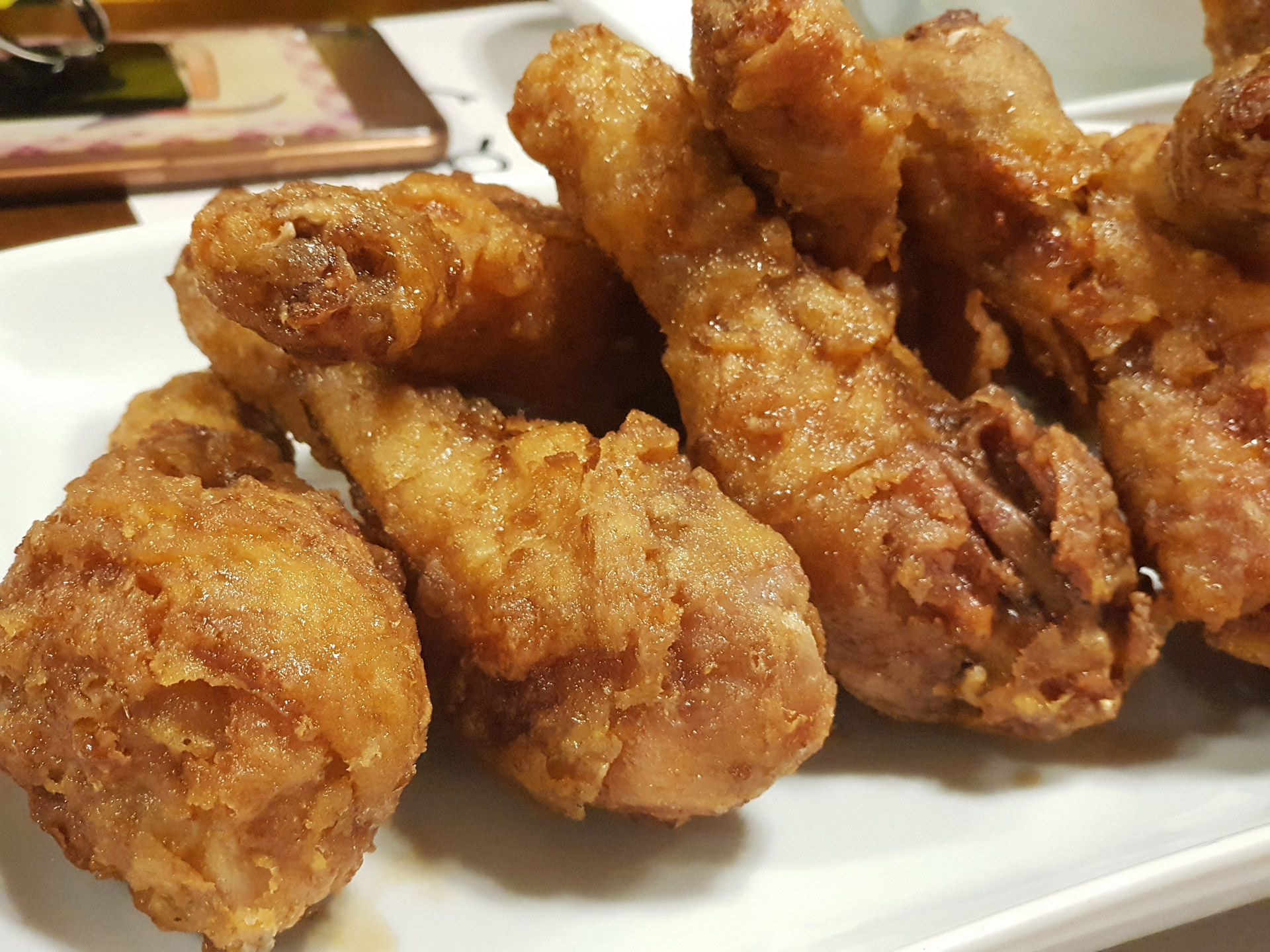
You might think that there couldn't be anything easier than deep-frying a piece of chicken – but you'd be wrong to assume it's as simple as that. Making the perfect batter, adding just the right amount of seasoning and choosing the best way to fry takes practise. A dish deeply rooted in the American South, a perfect basket of fried chicken is one for the bucket list.

Barramundi is key to Australian cuisine and you'd be hard pressed to find a restaurant, a café or a fish and chip shop Down Under that doesn't have it on the menu. This white fish can be fried, grilled, barbecued, baked, chargrilled or steamed, and it's excellent when served with a lemon and dill butter.
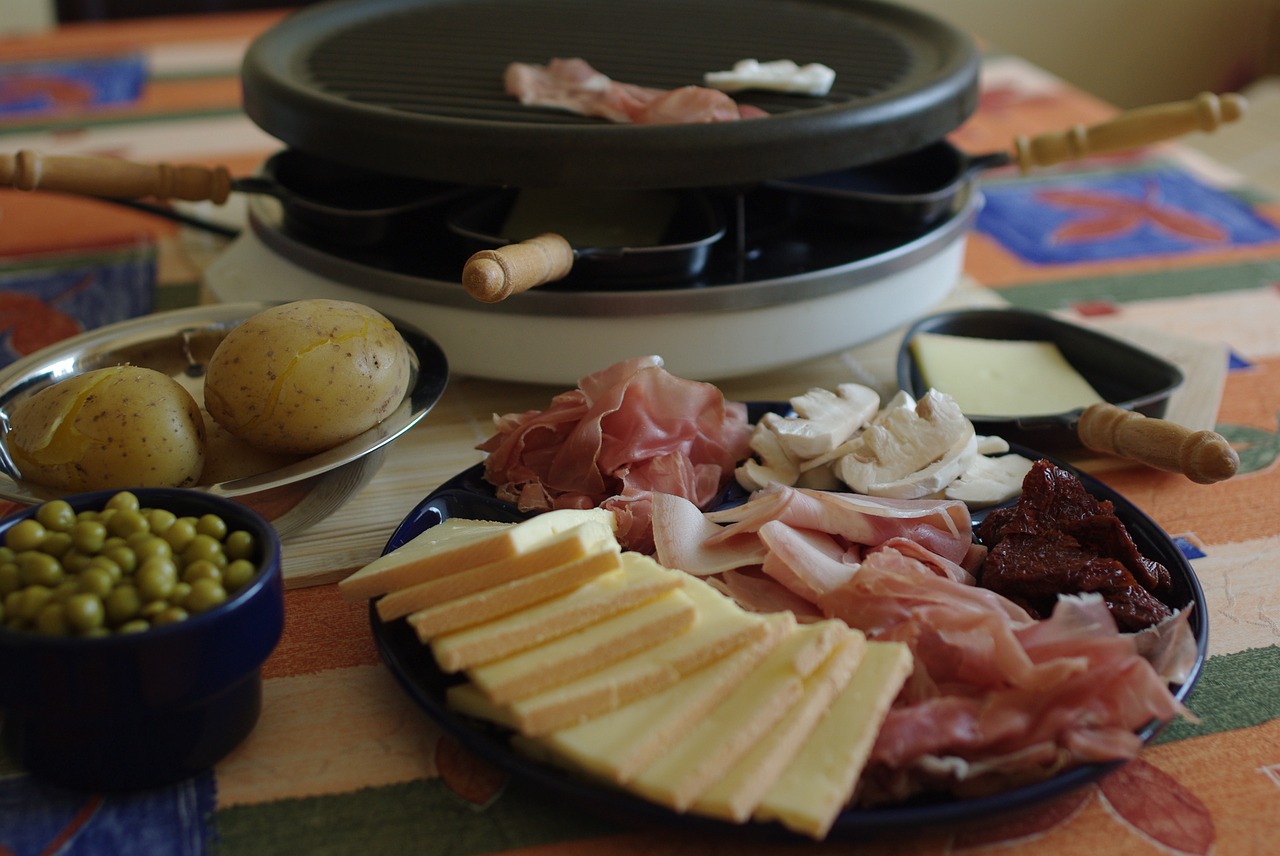
Both the name of a cheese and a full dish, this is a traditional après-ski meal. The cheese is either melted under a grill or in a little pan and then served with potatoes, cornichons, pickled onions and sometimes a selection of charcuterie. Thought to have been invented in the Swiss canton of Valais, it's traditionally made with raclette cheese produced in the region.

It might not be a looker, but this Québec dish is certainly delicious, and is now not only popular across Canada and the northeast of the US but further afield too. Comprising fluffy-on-the-inside, crunchy-on-the-outside French fries, and thick, rich and meaty gravy, poutine is elevated to a culinary event by the addition of cheese curds.
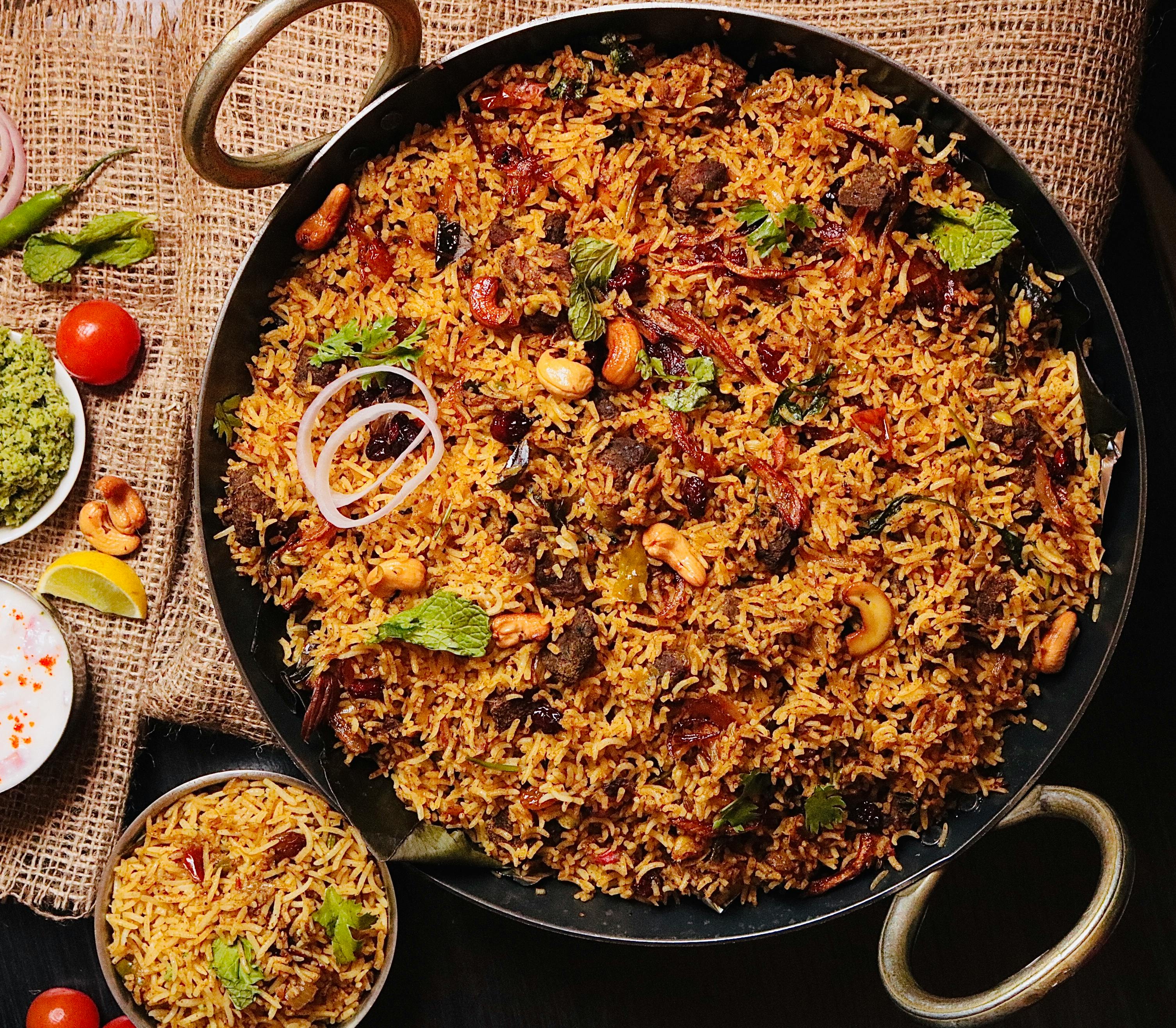
A celebration of spices and rice, biryani's origins lie with the Muslims of the Indian subcontinent. Today, endless varieties of biryani exist, depending on the region where it's cooked and the cook who makes it, but the basics – rice and an assortment of spices – remain untouchable. You can make yours with meat or skip it for a vegan or vegetarian treat.

The hamburger has its roots in Germany and is named after the city of Hamburg where, during the 19th century, local beef was ground and mixed with onions and garlic and then formed into patties. But the dish we know and love today is no doubt an American icon.
![]()
These soft corn tortillas full of delicious beef, pork and chicken have mysterious origins that are often traced back to Mexico's 18th-century silver mines. Contrary to American tacos, the Mexican version doesn't include garnishes like lettuce, tomato, cheese or even sour cream. In fact, Mexican tacos are usually topped with coriander, finely diced white onion and a type of salsa or, sometimes, guacamole.

A dish commonly found across all Scandinavian and Baltic countries, this open-faced sandwich has its roots in Denmark. Back in the 1800s, slices of rye bread where used instead of a plate and the tradition of smørrebrød (literally, buttered bread) started when decorating the bread slices became a fashionable craze. Common toppings include pickled herring, prawns or smoked salmon which is then paired with sliced egg, mayonnaise and cress.

This spicy, crunchy salad is the taste of Southeast Asia on a plate, made with shredded unripe green papaya and other local fruit and vegetables tossed in a delicious sweet and sour dressing of palm sugar, chilli peppers and lime juice. Originating from Laos, it’s also eaten throughout Vietnam, Cambodia and Thailand.

The kebab has a long heritage (the name was first recorded as far back as the 14th century) and is thought to have originated in Turkey with soldiers cooking their freshly hunted meat over open fires. Kebabs come in a multitude of varieties, from the popular shish and döner to regional specialities like Adana and testi.
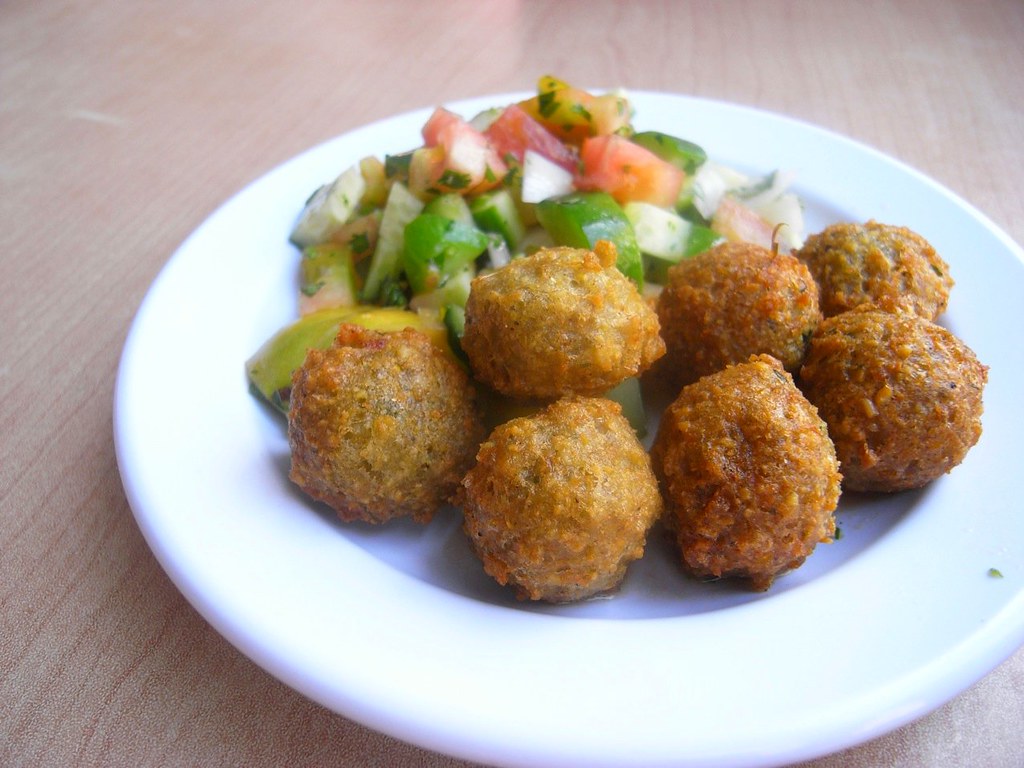
This round, deep-fried patty of ground chickpeas, herbs, spices and onions makes for a tasty veggie treat. Falafel has a thousand-year history, probably hailing from Egypt, where it was eaten as a substitute for meat by Coptic Christians during Lent and was made with fava beans. The dish later migrated towards the Levant, where it took on its current chickpea form.

These doughy vessels – carrying cheese, butter and a runny egg in the centre – are as Georgian as it gets. The country's national dish, it's perfect as a sharing starter or as a side as part of a bigger meal. In Georgia, khachapuri is such a popular, widely available dish that it's even used to measure inflation levels in different Georgian cities.

A meal of small savoury and sweet dishes – mostly steamed and fried dumplings, buns and rolls – dim sum’s history is inextricably linked to the old Chinese tea houses. Served in bamboo steamers, dim sum means touch the heart in Cantonese and has since evolved into an essential element of Chinese cuisine.
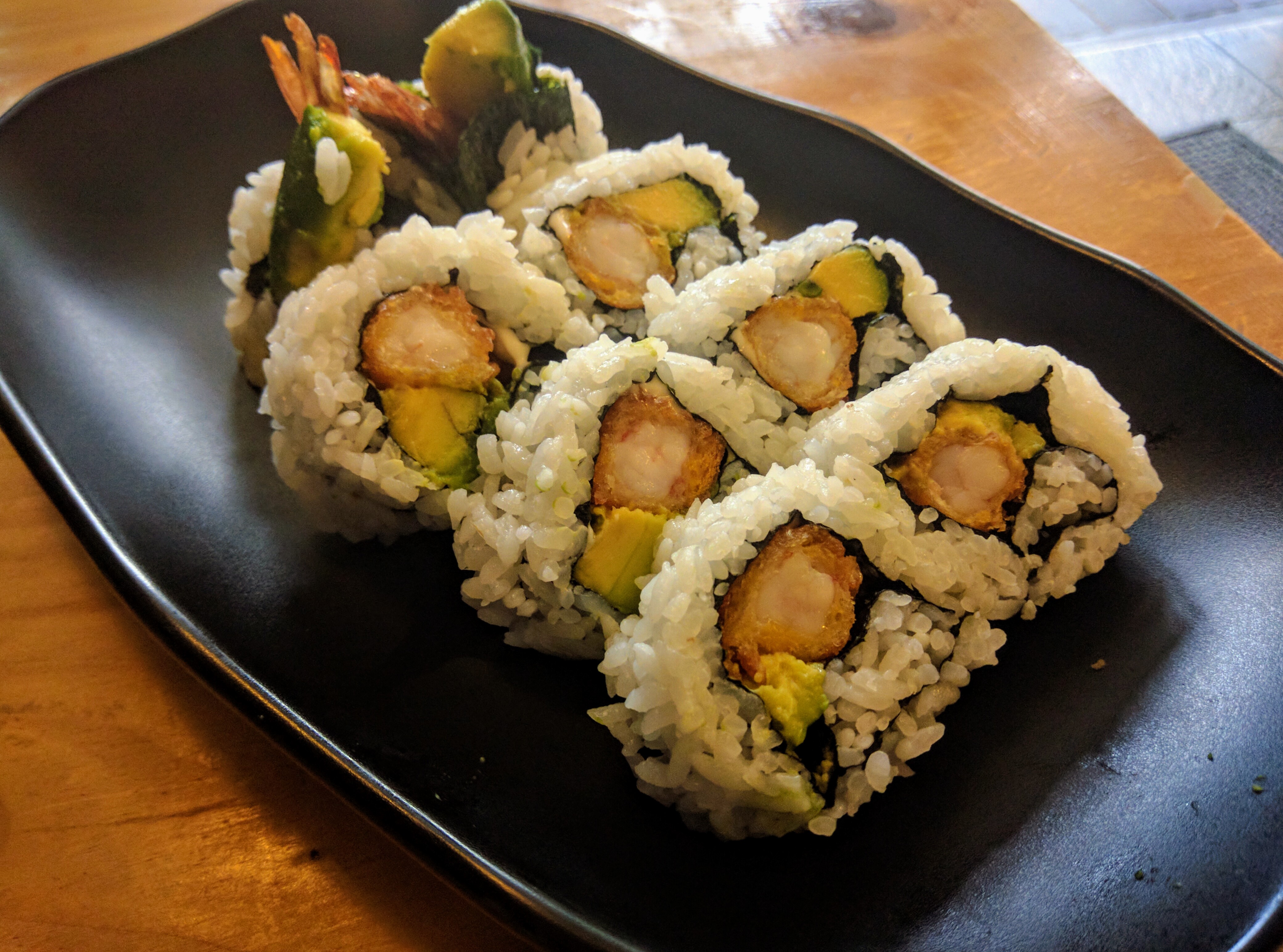
Most of us think sushi is all about the quality and freshness of the raw fish – but while that's no doubt important, it’s the rice that’s at the heart of the matter. The word sushi is an old Japanese term that literally means it's sour. Today, there are five main types of sushi – nigiri (fish served on rice), sashimi (fish without rice), maki (rice and filling wrapped in seaweed), uramaki (seaweed wraps around the filling with rice on the outside) and temaki (cone-shaped).
Eaten across several parts of Asia for breakfast, lunch or dinner, the dosa is a fermented crêpe made from rice batter and black lentils that enjoys a history stretching back a whopping 2,000 years. The masala dosa is a variation that's stuffed with a delicious filling of parboiled potatoes, fried onions and spices. Often served with coconut and tomato chutney, it’s one of South India’s most popular and tasty snacks.

If ever a foodstuff needed no introduction it would be pizza. And if any pizza can lay claim to being the forebearer of an international obsession, it’s the pizza Napoletana hailing from Naples in Italy. Made specifically with Mozzarella di Bufala Campana and either San Marzano or Roma tomatoes, it then has to be cooked precisely 60 to 90 seconds in 485ºC (905ºF) in a wood-fired oven.

A West African one-pot dish, jollof rice has its origins hotly contested by Nigeria, Ghana, Senegal and a few other West African countries. In the Nigerian version, the rice is added to a spicy tomato sauce and simmered until ready. Ghanaians use basmati rice instead of long grain and their take on jollof rice is also spicier.